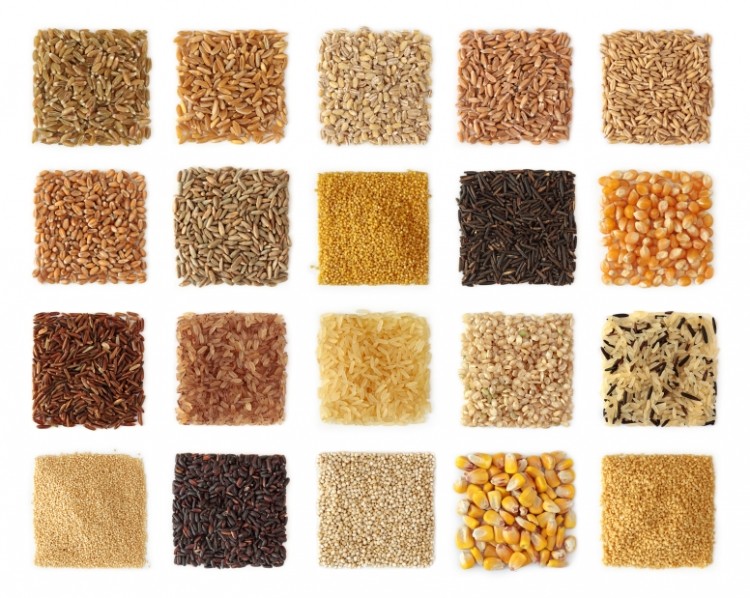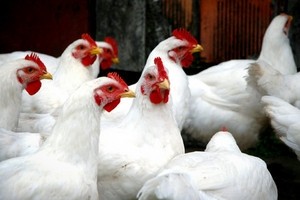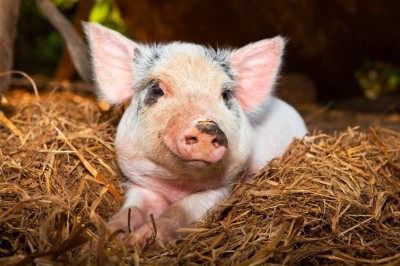UK project earmarks type of rapeseed most benefical to pig and poultry market

A 13-month desk-based study, under the new feed research program at the Home Grown Cereals Authority (HGCA), found improved oilseed rape (OSR) varieties with lower glucosinolate content and a thinner seed coat, resulting in higher oil and protein, and less fiber, would provide real value for the pig and poultry feed market.
Yellow seed varieties were also deemed to be beneficial, said the HGCA team, due to their association with a reduction of undesirable polyphenols in the seed coat.
The plant scientists said that, in regard to thinner yellow-coat types, breeding for this trait had been attempted in the 1990s but abandoned due a high level of harvest damage.
Since that time, newer yellow-seeded types of Brassica napus, developed in Canada and France, have become available and the HGCA team call for these to be tested under UK conditions so their value for the UK feed sector can be quantified.
Leo Townsend, communications executive with the HGCA, told feednavigator.com today:
"This year long project was aimed at getting as wide as possible a picture of what the pig and poultry sector need in terms of OSR.
We wanted to ensure we didn't just plough ahead with research without mapping what has already been done in this arena."
He said the HGCA team is following up on this exercise with three nutrition focused initiatives looking at how higher levels of rapeseed meal could be included in the diet of pigs, broilers and layers without compromising tight feed specifications or animal performance.
Bid to understand feed sector’s needs
Dr Martin Grantley-Smith, head of business development at the HGCA, when talking to this publication back in May, said:
“At present, over half of the grain produced in the UK becomes animal feed either directly, or as co-products from other end uses, but often growers don’t know what type or quality of grain is best suited to feed compounders. We are trying to remedy that and we are working with feed producers to understand their needs.”
In this context, he said, the authority recently kick-started a three-year trial with poultry producer, Moypark, in Northern Ireland to evaluate the effectiveness of new equipment in analyzing the correlation between certain grains and feed conversion performance in poultry.
“This is going beyond looking at the basic elements of grains for feed such as their energy or protein components, we are looking at how intake is affected by grain selection or quality,” said Grantley-Smith.
Another HGCA project in the same vein is looking at how to measure barley and wheat varieties to determine their suitability for feed use.











